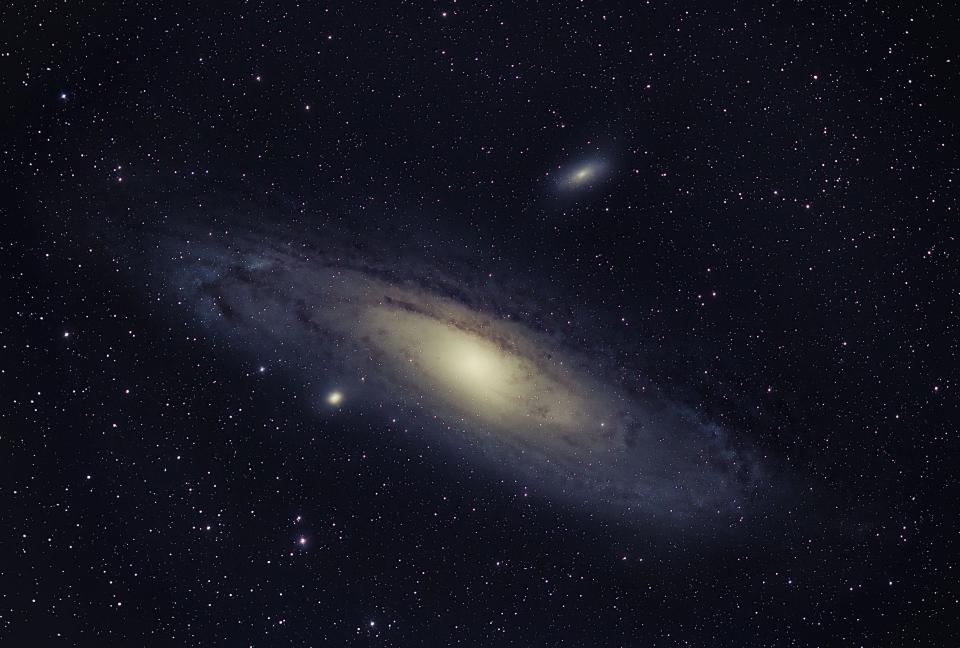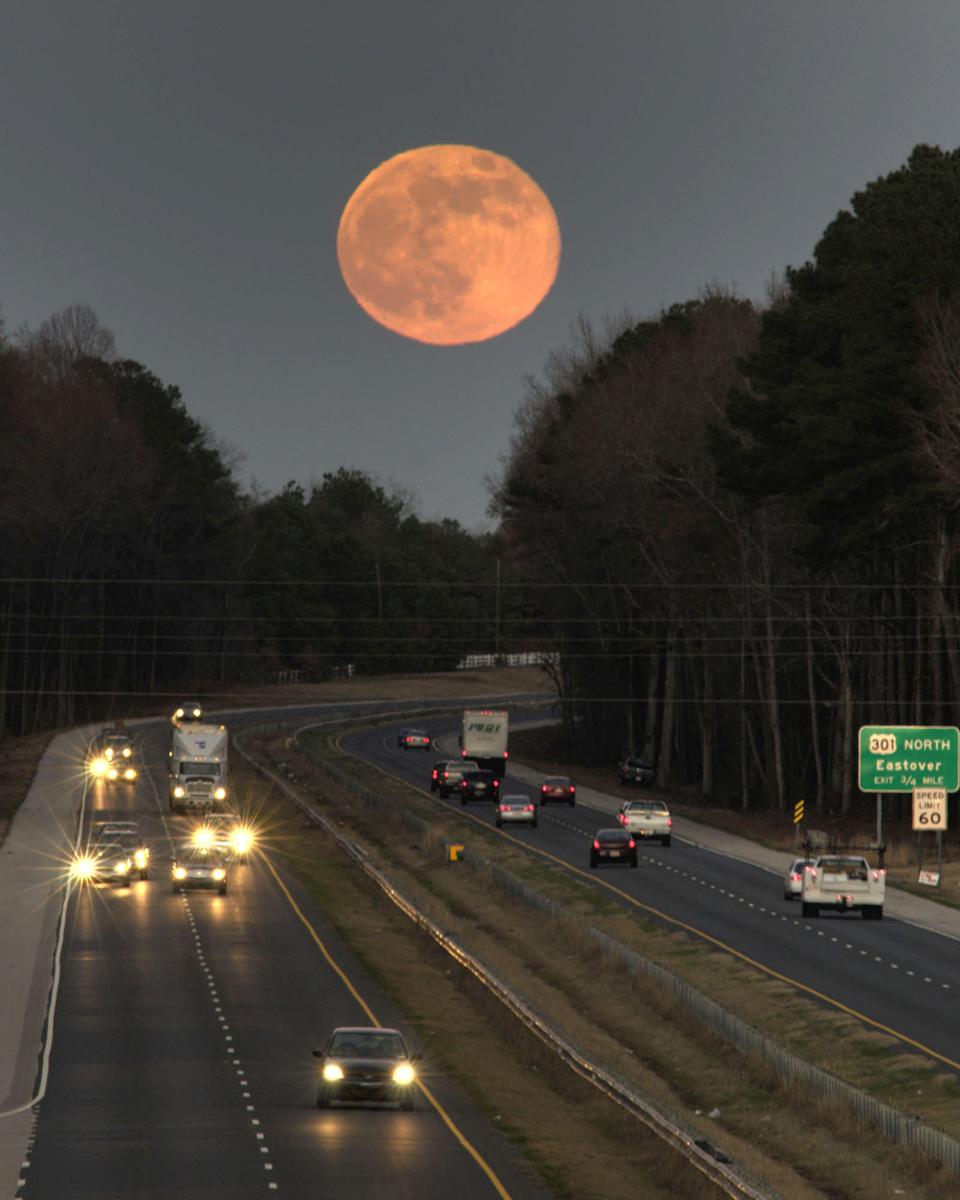Backyard Universe: Holiday sky attractions you'll see in Fayetteville
I’ve long associated Christmas with observing the night sky.
It’s probably because I got my first telescope under the Christmas tree in the early 1960s. That put me on a lifelong long journey enjoying and eventually photographing the night sky, mostly from my backyard.
The holiday season is serving up some cool attractions in that nighttime sky and since we’re back on standard time, we don’t have to wait too late to take them all in. Late fall and winter skies are generally clear of summer’s haze so skies can be especially clear and compelling this time of year.

December meteors
The annual Geminid meteor shower peaks in December. This is one of the best meteor showers of the year with an average of better than a meteor a minute if you’re observing from a dark rural location where you can see the entire sky. Meteors are small pieces of rock and dust left in the wake of passing comets. When they collide with our atmosphere about 60 miles high, they instantly burn up, producing a flash of light.
You should observe the 2023 Geminid meteors late on the nights of Dec. 13 and 14. The later and longer you observe and the darker and clearer your sky is, the more meteors you’ll see.
A Christmas full moon
Well, not exactly. The moon is full the evening after Christmas but on Dec. 25 a 99% full moon will flood the night sky with light.
Locally the full moon will rise on Dec. 26 at 4:44 p.m. or about 26 minutes before sunset.
Rather than rise due east, this December full moon will first appear above the northeastern horizon.
It will be one of the most northerly rising full moons of the year and it will track high overhead in the middle of the night.
It’s called the full “cold moon” according to the Old Farmer’s Almanac as well as the “snow moon” and the “long night moon.”
On the evening of Dec. 22 the waxing gibbous moon will appear close and to the left of the bright planet Jupiter.

As far as our eyes can see
Also on clear, moonless December evenings, there’s a very special object we can gaze upon.
It won’t jump out at us like the moon but if we are in a dark, rural location and make a little effort, we can gaze at an object so distant that its light has been traveling about 2.5 million years to reach us.
The Andromeda Galaxy is situated almost directly overhead on December evenings as viewed from our latitudes.
Coincidently, this year is the 100th anniversary of the observations by astronomer Edwin Hubble (for which the Hubble Space Telescope is named) that led to the determination of the approximate distance to the Andromeda Galaxy and the understanding of the scale of the universe. Prior to then, galaxies were thought to be “nebulae” or clouds of gas and dust within our own Milky Way Galaxy.
Hubble’s measurements revealed that the Andromeda Galaxy and others were outside the Milky Way and therefore were island universes in their own right. With that knowledge, the universe suddenly was understood to be much bigger than previously thought.
To catch a glimpse of the Andromeda Galaxy takes a little detective work and a pair of binoculars will help. Try it from a dark rural site during the first two weeks of December when the sky is beautifully clear. Early December is when the evening sky is generally free of moonlight that could wash out Andromeda’s faint light.
During the first week of December, the galaxy is located almost directly overhead around 8 p.m.
Using binoculars, look for a faint fuzzy object just slightly north of the point straight overhead. It will lie about 83 degrees high or almost at the point straight overhead which is 90 degrees high.
Around Dec. 12 it will be in that position around 7:30 p.m. and the first week in January you’ll find the galaxy most directly overhead around 6 p.m.
You’ll be looking for an elongated fuzzy object in your binoculars.
Once you’ve found it, take a look with your eyes alone and see if it’s still visible to you.
If you see it, you’ve gazed as far as your eyes long can see without any optical aid.
A naked-eye view of the Andromeda Galaxy is generally considered the most distant object visible with the naked eye. The galaxy lies so far away that the faint light you’ll see from it has been traveling for about 2-1/2 million years.
Other galaxies that are visible in telescopes are way more distant.
Here’s wishing all of you clear skies during the 2023 holiday season. December’s column on Dec. 26 will cover day and night sky sights we can expect in 2024.
If you have a question about astronomy send it to Backyard Universe, P.O. Box 297 Stedman, NC 28391 or email johnnyhorne937@gmail.com.
This article originally appeared on The Fayetteville Observer: Meteors and a Christmas full moon happening this December

